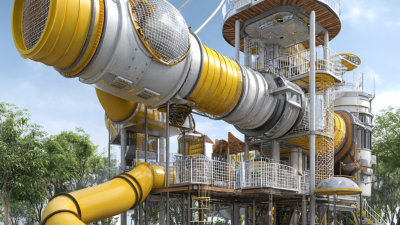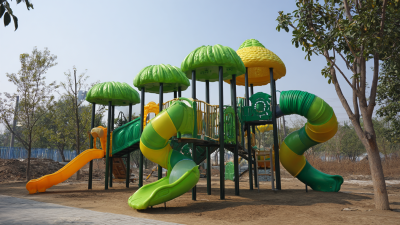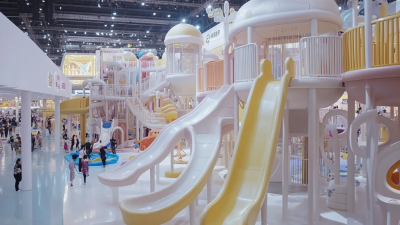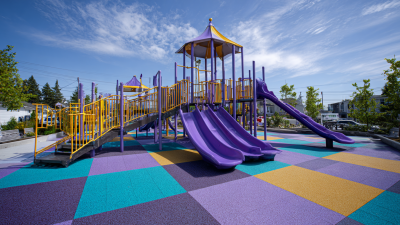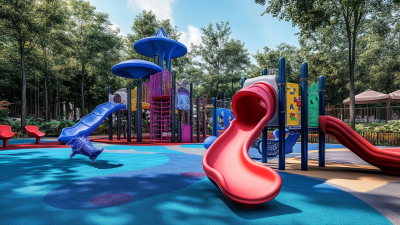
Inquiry
Form loading...
Outdoor playground structures are essential for fostering creativity and encouraging physical activity among children. According to a report by the International Playground Safety Institute, nearly 75% of children aged 5-12 engage in some form of outdoor play, emphasizing the crucial role playgrounds play in their development. Additionally, the National Association for the Education of Young Children highlights that unstructured outdoor play contributes significantly to children's social skills, problem-solving abilities, and overall well-being. With increasing concerns over childhood obesity rates—one in five children in the U.S. is classified as obese, as reported by the CDC—the importance of well-designed outdoor playground structures cannot be overstated. In this blog post, we will explore the seven best outdoor playground structures that promise not only ultimate fun but also a safe environment for children to learn, grow, and develop lifelong skills.
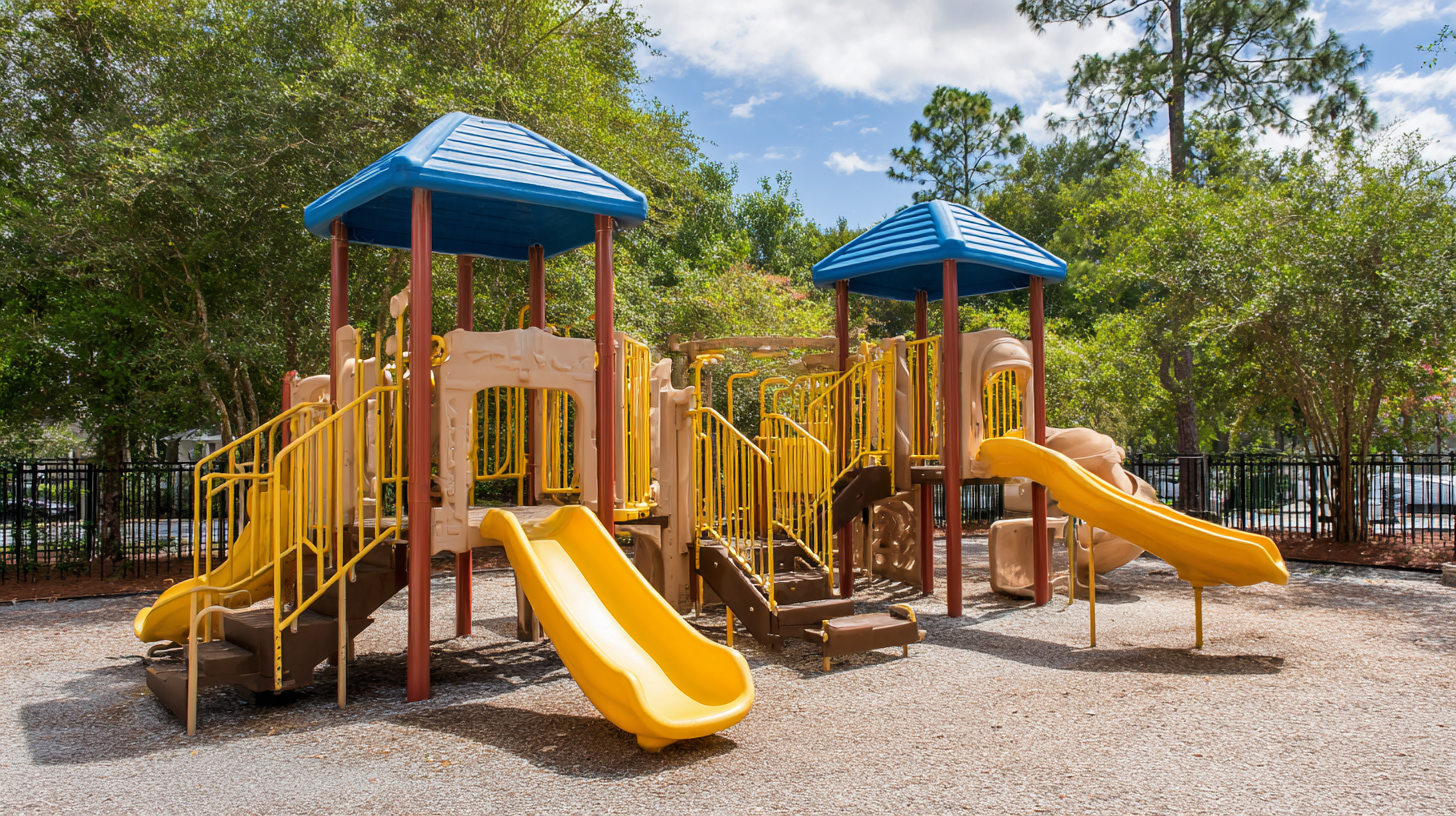
Creating an engaging outdoor playground is essential for promoting physical activity and social interaction among children of all ages. According to the Centers for Disease Control and Prevention (CDC), physical inactivity can lead to obesity and other health issues, making play structures vital for the development of a healthy lifestyle. Playgrounds not only encourage children to be active but also promote cognitive and social skills through imaginative play. A report from the National Association for the Education of Young Children highlights that children who regularly engage in outdoor play display improved attention spans and better problem-solving abilities.
When selecting outdoor playground structures, it’s crucial to consider options that cater to various age groups and abilities. Features such as climbing walls, slides, and swing sets can foster development in young children, while obstacle courses and zip lines can challenge older kids. The International Association of Amusement Parks and Attractions (IAAPA) indicates that inclusive play structures, which accommodate children with disabilities, are increasingly sought after, allowing for a more diverse play environment. Investing in these engaging structures can ensure that all children have the opportunity for imaginative play and physical activity, contributing to their overall wellbeing and development.
When it comes to creating the ultimate outdoor playground, innovative features are key to ensuring kids have the maximum fun while engaging in physical activities. One standout structure is the multi-functional climbing wall, designed not only to enhance children's strength and balance but also to fuel their adventurous spirit. These walls often incorporate varied climbing surfaces and themed designs that inspire creativity, encouraging young explorers to tackle new heights.
Another remarkable feature in modern playgrounds is interactive play panels. These panels offer unique sensory experiences, combining physical play with cognitive challenges. Designed to be accessible to children of all abilities, they foster inclusion while providing opportunities for teamwork and problem-solving. Features like musical instruments, digital games, or tactile games can transform a simple play area into an engaging environment where every child can learn and play together. By integrating these innovative elements, playgrounds can become vibrant hubs of activity, sparking joy and creativity among children.
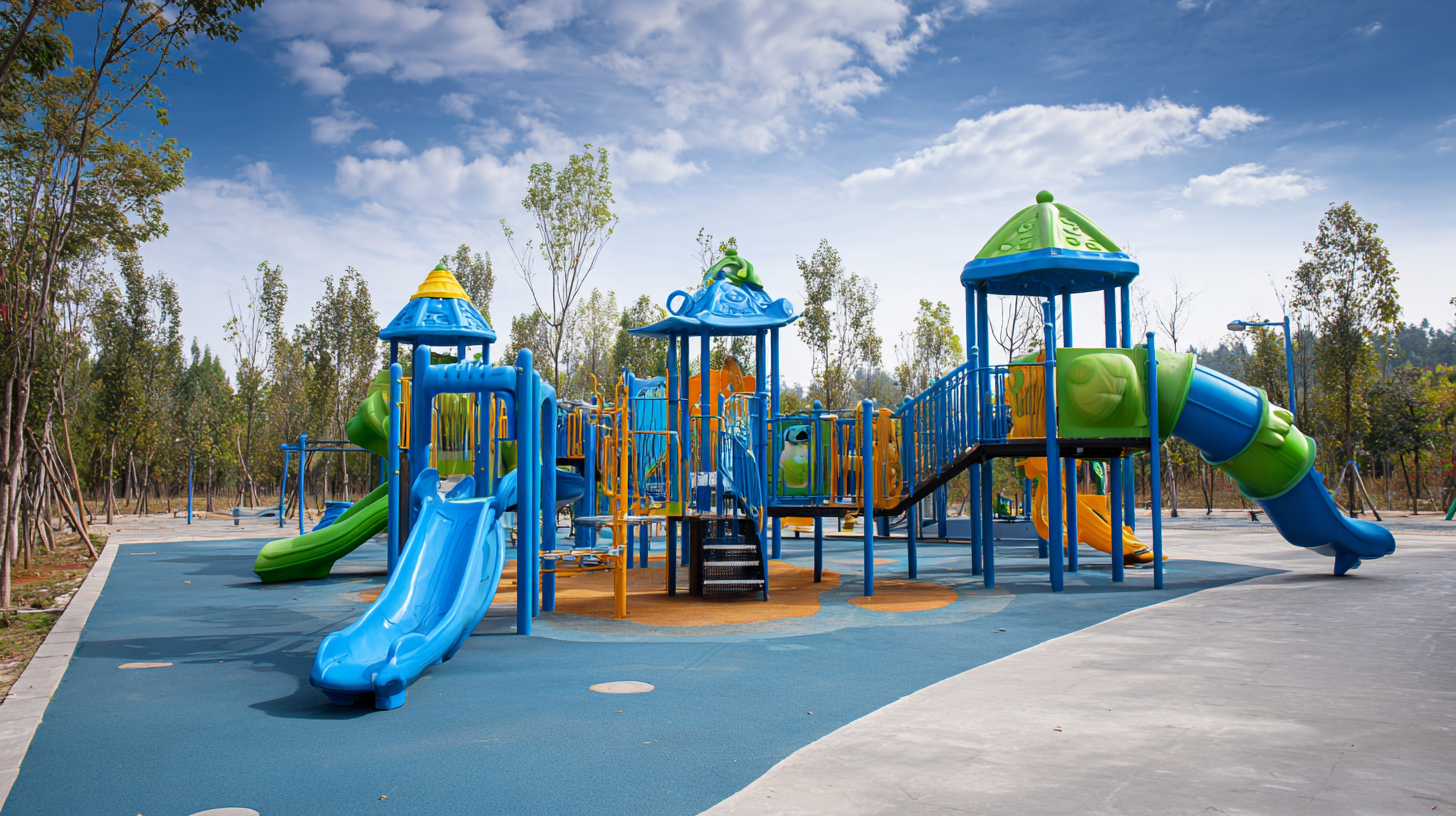
Choosing the right outdoor playground structure for your space involves considering several key factors that can enhance both safety and enjoyment for children. According to the National Association of State Boards of Education, over 90% of playground injuries are preventable with the appropriate equipment and design. When selecting a structure, it's crucial to assess the age group of the users and ensure that the equipment meets the ASTM standards for safety, which recommend features such as appropriate surfacing materials and spacing between structures.
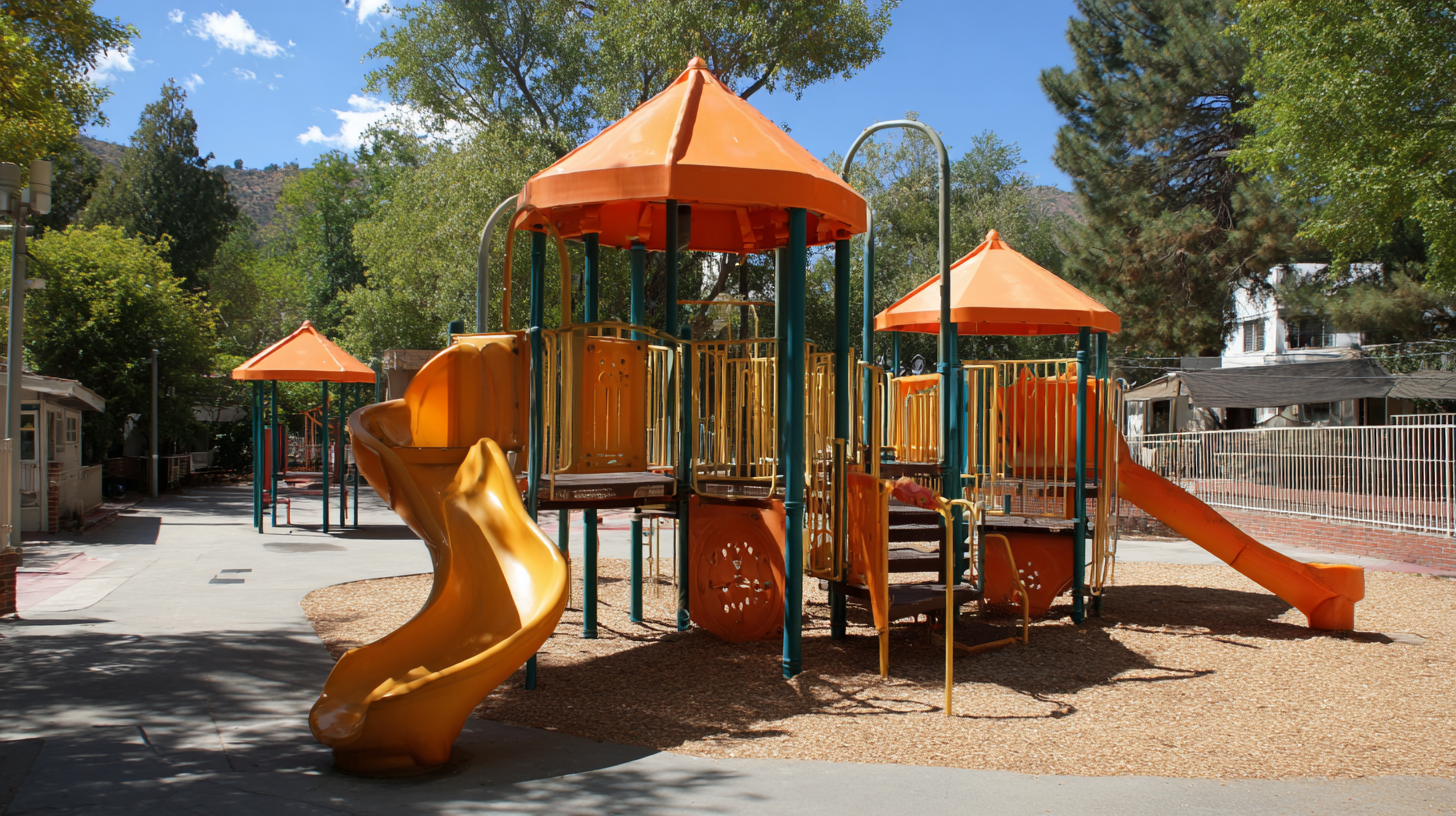
Moreover, space considerations play a pivotal role in your decision-making process. The American Academy of Pediatrics suggests that an ideal playground should provide a mix of physical challenges and sensory experiences for children. A well-designed playground allows for at least 75 square feet per child to ensure adequate space for play without overcrowding. Additionally, incorporating elements like climbing walls, slides, and interactive panels can cater to different interests while promoting social interaction among kids, thereby fostering skill development in a safe environment.
When selecting outdoor playground equipment, safety should be the foremost consideration for caregivers and parents. According to recent reports, including initiatives like the SafeWork SA campaign, significant attention is being given to the safety of playgrounds, especially in schools and childcare centers. The campaign resulted in the issuing of 385 statutory notices after rigorous inspections revealed safety concerns. This highlights the importance of adhering to safety standards when choosing playground structures.
In light of these safety inspections, it is critical for parents to be aware of essential safety measures. For instance, the U.S. Consumer Product Safety Commission states that over 200,000 children aged 14 and younger are treated in emergency rooms annually due to playground-related injuries. Key safety precautions include ensuring the equipment has proper cushioning surfaces, checking for maintenance issues, and being aware of seasonal usage guidelines; for example, some jurisdictions advise against using playgrounds in winter due to increased risks of injury. As families evaluate different playground options, prioritizing these safety considerations will help ensure a fun and secure play environment for children.
In recent years, outdoor playground structures have evolved significantly, embracing innovative designs that cater to children’s developmental needs while ensuring maximum safety and fun. Modern playgrounds are no longer just about swings and slides; they are multi-functional spaces that encourage creativity, social interaction, and physical activity. One of the key trends is the integration of natural elements into playground design, fostering a connection between children and nature. Structures made from sustainable materials and incorporating greenery allow for an immersive outdoor experience that benefits both play and environmental awareness.
Another exciting trend in contemporary playground structures is the incorporation of customizable modular designs. These structures can be tailored to fit various age groups and abilities, ensuring that all children have access to engaging play experiences. From climbing walls that challenge physical skills to interactive panels that stimulate educational play, these innovative designs promote inclusivity. Additionally, tech-enhanced playgrounds featuring augmented reality elements create unique, interactive adventures that captivate children’s imaginations, blending the digital and physical play environments.
